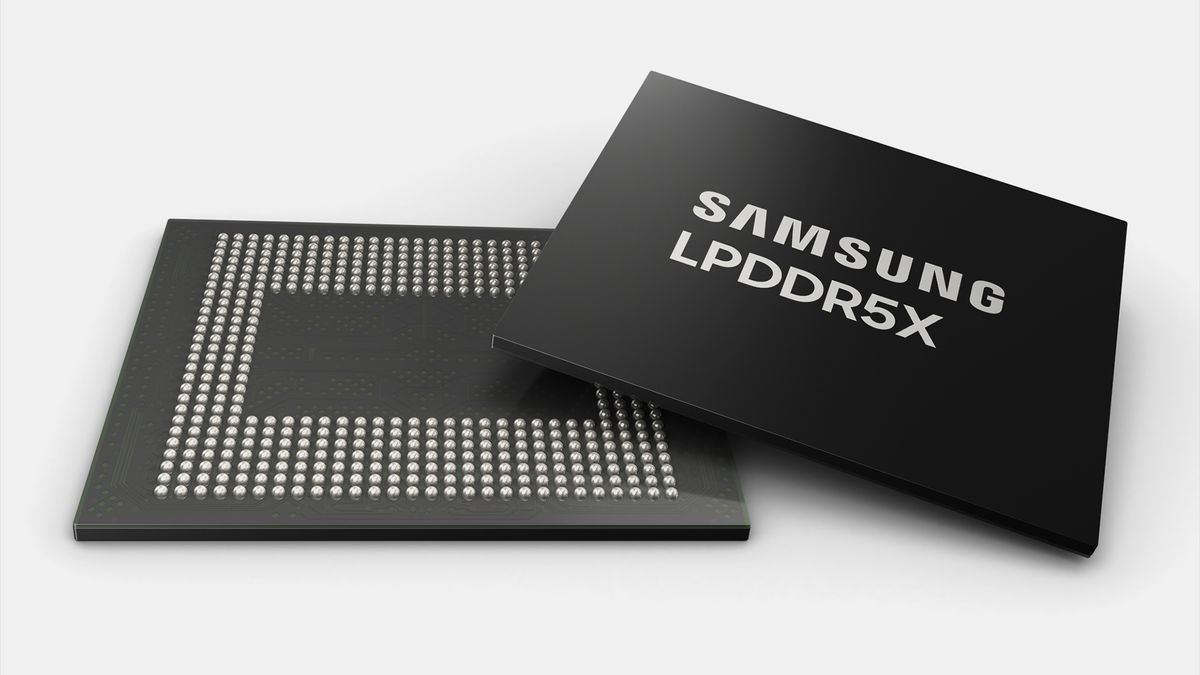Samsung has used a new packaging technique, including optimized printed circuit board (PCB) and epoxy molding compound (EMC), to build the new packages featuring a 4-stack structure. An optimized back-lapping process has been used to reduce the package height further. This design improvement facilitates better airflow inside smartphones, seriously improving thermal management, a crucial aspect for devices with high-performance application processors, including those with sophisticated on-device AI capabilities
Samsung said the new 0.65 mm LPDDR5X packages are 9% thinner than typical LPDDR5X modules and improve heat resistance by 21.2% compared to previous generation LPDDR5X devices.
“Samsung’s LPDDR5X DRAM sets a new standard for high-performance on-device AI solutions, offering not only superior LPDDR performance but also advanced thermal management in an ultra-compact package,” said YongCheol Bae, Executive Vice President of Memory Product Planning at Samsung Electronics. “We are committed to continuous innovation through close collaboration with our customers, delivering solutions that meet the future needs of the low-power DRAM market.”

It is hard to say how thinner smartphones can become due to the usage of 0.65 mm packages compared to 0.71 mm packages. Typically, handset makers use different techniques to improve their devices, including making them thinner. To that end, expect smartphone manufacturers looking forward to making their products slimmer, as well as using thinner protection glasses, thinner printed circuit boards, and, most importantly, thinner batteries.
The thinner LPDDR5X DRAM packages will contribute to making smartphones slimmer, though they will not be decisive. Thinner DRAM packages will likely improve airflow inside devices, positively impacting their performance.
Looking forward, Samsung plans to expand its LPDDR5X offerings. The company intends to develop 6-layer 24 GB and 8-layer 36 GB modules in compact packages, though Samsung refrains from disclosing the actual thickness of these upcoming memory modules.









![Easy Tomato Growth in Plastic Bottles – No Garden Needed! [Video]](https://naijatipsland.com/wp-content/uploads/2024/12/470933635_1695126784366744_5726922377987388534_n-100x100.jpg)

